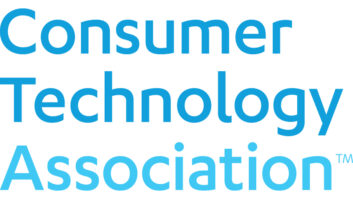This week we’re celebrating the 100th birthday of the consumer technology industry with the story behind how our business came to be and of those responsible for creating it. You can read Part 1 here, Part 2 here, Part 3 here, and Part 4 here.
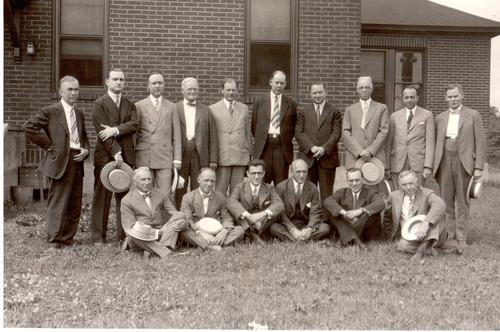
Westinghouse’s efforts to create a radio business succeeded beyond its imagination, and its success established an industry.
Westinghouse sold 144,800 RA-DA units over the radio set’s 20-month life, a unit sales total that would make the RA-DA a huge hit in today’s market. But to achieve these numbers for an electronics product in 1920? Consider three startling demographic facts in 1920:
- only around a third of the U.S.’s approximately 25 million households were wired for electricity – and only 2% of farms;
- those homes with electricity got power only through their light sockets – recharging the battery-powered radios of the time required unscrewing a light bulb and screwing in an adapter to plug in the radio; and,
- the RA-DA set cost around $130 (nearly $1,700 in 2020 dollars) when the average annual household income in the U.S. was only around $3,300 ($43,000 in 2020 dollars).
To meet the unexpected demand, in January 1921 Westinghouse shifted RA-DA production to its larger Electric Home Appliance Division in East Springfield, MA. The RA-DA was then combined into a single unit dubbed the RC, of which between an additional 80,000 and 85,000 units were sold under both the Westinghouse and RCA labels.
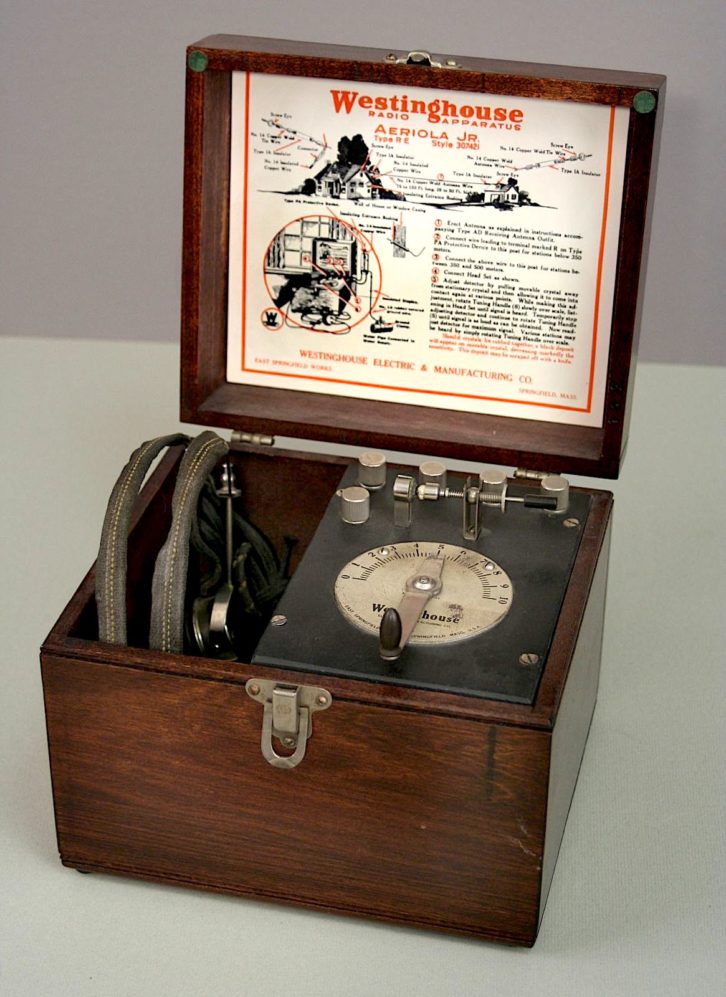
The RA-DA was a version 1.0, so wasn’t exactly as consumer simple as it could have been. Realizing this, in July 1921, Westinghouse produced the simpler single-box Aeriola Jr., both distributed by and sold under the Westinghouse and RCA brand labels.
Radio’s lure and excitement – regardless of its high price or one’s lack of electricity – were obvious. You could now hear events as they happened rather than waiting to read often hyperbolic descriptions often long after the fact in newspapers, which made radio the most must-have product in our industry’s history. Fortunately, both hardware and content came simultaneously, often from the same company, to set another template for the future, further accelerating radio’s rapid consumer adoption.
Once Westinghouse proved the viability of the concept and the market, it was like a radio gold to fill the sudden consumer demand for radio sets. RCA weened itself off of Westinghouse radio hardware and began to design and manufacture its own radio sets and phonograph players, along with establishing its own array of radio stations and record business. Dozens of other radio hardware start-ups were founded, including AMRAD, Zenith, Motorola, JBL, Magnavox, Shure, Crosley, and Atwater Kent.
See also: Happy 100th Birthday To The Consumer Technology Industry! Part 1
Just as modern companies do today, each of these start-ups aimed at market niches, creating now familiar good-better-best, economy-mid-range-premium product tiers in a variety of configurations to appeal to as many different customer segments in as many different markets at as many different price points as possible. There were headphone radios and cabinet sets with built-in speakers, there were crystal and vacuum tube models, there were compact tabletop sets, fancy and expensive console fine furniture models, cheap DIY motherboards, portable and even car models. Achieving operational simplicity was the primary objective of everyone, however. By the end of the 1920s, most radios were all-electronic with one-knob tuning and higher-fidelity cone speakers.
How lucrative was the radio hardware business? In 1922, Americans spent $60 million on radio sets ($920 million in 2020 dollars). From September 22-28, 1924, the first Radio World’s Fare, a forerunner of CES, attracted 175,000 attendees in New York. By 1929, spending on home radios reached nearly $850 million ($13 billion in 2020 dollars), and nearly half of American homes wired for electricity owned a radio, which may have represented a higher penetration rate than U.S. homes with indoor plumbing.
Radio’s explosive popularity naturally attracted government and political interest. President Calvin Coolidge and then commerce secretary and eventual President Herbert Hoover were boosters of the new technology. So was Congress, which licked its legislative lips over a prospective new revenue source and proposed a 10% federal tax on radio sets.
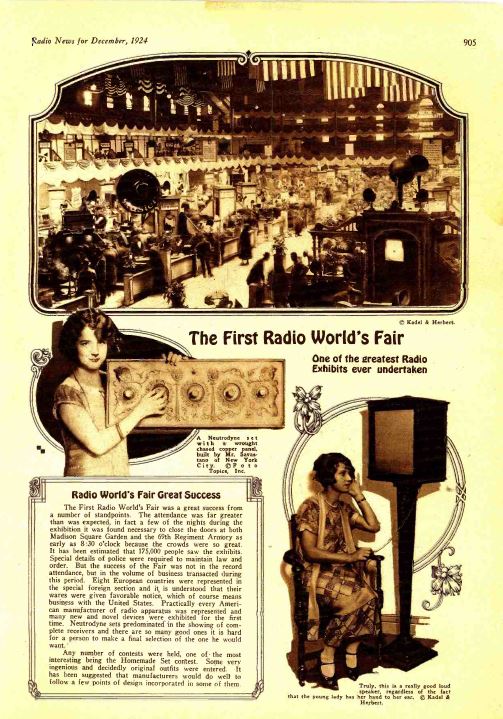 To fight the tax and to solve other lingering patent licensing issues, a handful of radio makers assembled in Chicago on April 19, 1924, to establish the Radio Manufacturers Association (RMA), which quickly lobbied to defeat the proposed 10% tax. On June 23, Chicago radio parts maker Herbert H. Frost was elected the first RMA president; Frost would also serve as RMA’s third and fourth president, and ebulliently served as the industry’s chief and ever-present cheerleader throughout the industry’s formative years. After several name and organizational changes over the subsequent decades, RMA would morph into CTA.
To fight the tax and to solve other lingering patent licensing issues, a handful of radio makers assembled in Chicago on April 19, 1924, to establish the Radio Manufacturers Association (RMA), which quickly lobbied to defeat the proposed 10% tax. On June 23, Chicago radio parts maker Herbert H. Frost was elected the first RMA president; Frost would also serve as RMA’s third and fourth president, and ebulliently served as the industry’s chief and ever-present cheerleader throughout the industry’s formative years. After several name and organizational changes over the subsequent decades, RMA would morph into CTA.
See also: Happy 100th Birthday To The Consumer Technology Industry! Part 2: A National Priority
But radio was more than a singular gadget. Radio was both a radical technology and a new way to communicate and distribute ideas. It drove development of our current electrical infrastructure, including the standardization and adoption of the now familiar AC electrical wall outlet, and FDR’s New Deal rural electrification project. Nearly all subsequent disruptive consumer technologies – television, CB, cellular, satellite, texting, Wi-Fi, Bluetooth, smart home, smart speakers, video gaming, streaming, social media, Qi, Zoom, and maybe soon an old idea of Nikola Tesla’s, broadcast power – followed the playbook created to sell radio to the masses.
Over the past century, industry association and corporate leaders shepherded the delivery of radio’s successor consumer technologies and products to consumers all over the world. In the modern world, it is consumer technology that is the world’s most essential resource – and it all started 100 years ago with a pair of small unpretentious electronics-filled wooden boxes.
Owen Young
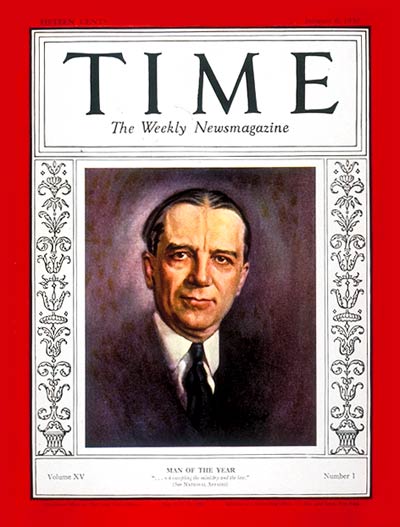
Owen Young led RCA to become both the world’s biggest consumer technology, broadcast and record company. While running RCA, Young simultaneously ran GE, becoming its board chair in 1922, leading its move into the new consumer appliance business.
The busy Young also conducted international diplomacy, and advised Presidents Wilson, Harding, Coolidge, Hoover, Roosevelt and Truman, and was himself mentioned as a potential presidential candidate. Young was named Time Magazine’s Man of the Year for 1929, the first and only consumer technology executive to be so honored.
Later in life, Young offered this sage advice to his technology executive successors: “Fifteen years is the average period of probation, and during that time the inventor, the promoter and the investor, who see a great future, generally lose their shirts… This is why the wise capitalist keeps out of exploiting new inventions and comes in only when the public is ready for mass demand.”
In 1933, a federal court ordered Young to give up the chairmanship of RCA, leadership of which passed to David Sarnoff. Young retired to the family farm in Van Hornesville, NY, where the local high school he founded is now named for him. He died July 11, 1962, at the age of 87.
See also: Happy 100th Birthday To The Consumer Technology Industry! Part 3: A Pittsburgh Radio Sensation
H.P. Davis
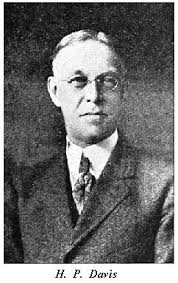
H.P. Davis became a beloved and admired radio and broadcast pioneer, known during his lifetime as the “Father of Radio Broadcasting.”
Davis, who earned 80 patents, concentrated on expanding Westinghouse’s radio stations in the wake of KDKA’s success. In 1925, Davis co-founded the Public Broadcasting Company, which merged radio stations of Westinghouse, General Electric and RCA. PBC promptly morphed into the National Broadcasting Corporation – NBC – the following year, run by David Sarnoff, with Davis named its first board chair.
On the 10th anniversary of KDKA, 10 months before Davis died on September 10, 1931, President Herbert Hoover, an avid radio booster, wrote the Westinghouse legend a congratulatory letter, celebrating the influence of radio and, unknowingly, all subsequent disruptive consumer technologies our industry has fostered:
“Never before in all history has a new system of communication made such mighty progress in so short a time. It has come today to the first rank in the diffusion of ideas. It has already begun to modify the character of American life and fortunately, its tremendous influence is all on the side of progress.”
Acknowledgements
I have been researching the origins of our industry for five years, driven by a desire to recognize where we came from so as to better understand where we are and where we are going as an industry. I am grateful for a plethora of early radio historians and researchers who helped point me in the right directions, corrected my naïve assumptions, and provided both insights and plain, old, unprejudiced facts. These historians include Eric Wenaas, author of the superb “Radiola: The Golden Age of RCA, 1919-1929”; radio antique collector John Jenkins, Lesley University associate processor and Boston early radio specialist Donna Halper, and Thomas H. White, perhaps the most prolific and authoritative early U.S. radio historian. Thanks to all for letting me pester you.
About Stewart Wolpin
Stewart Wolpin has been writing about consumer electronics for nearly 40 years, including news, reviews, analysis and history for a wide variety of consumer, niche and trade outlets. He annually updates the industry’s history, and is an elector and writes the official biographies of the Consumer Technology Association (CTA) Hall of Fame inductees. Aside from writing about consumer technology and history for a variety of consumer, tech and trade publications – including TWICE since 1988 – Stewart writes a blog and does market research for Digital Tech Consulting. In the non-tech world, he has authored “Bums No More: The Championship Season of the 1955 Brooklyn Dodgers” and “The Rules of Neighborhood Poker According to Hoyle.” You check out his work at www.stewartwolpin.com.
See also: Happy 100th Birthday To The Consumer Technology Industry! Part 4: The Birth Of A Business












